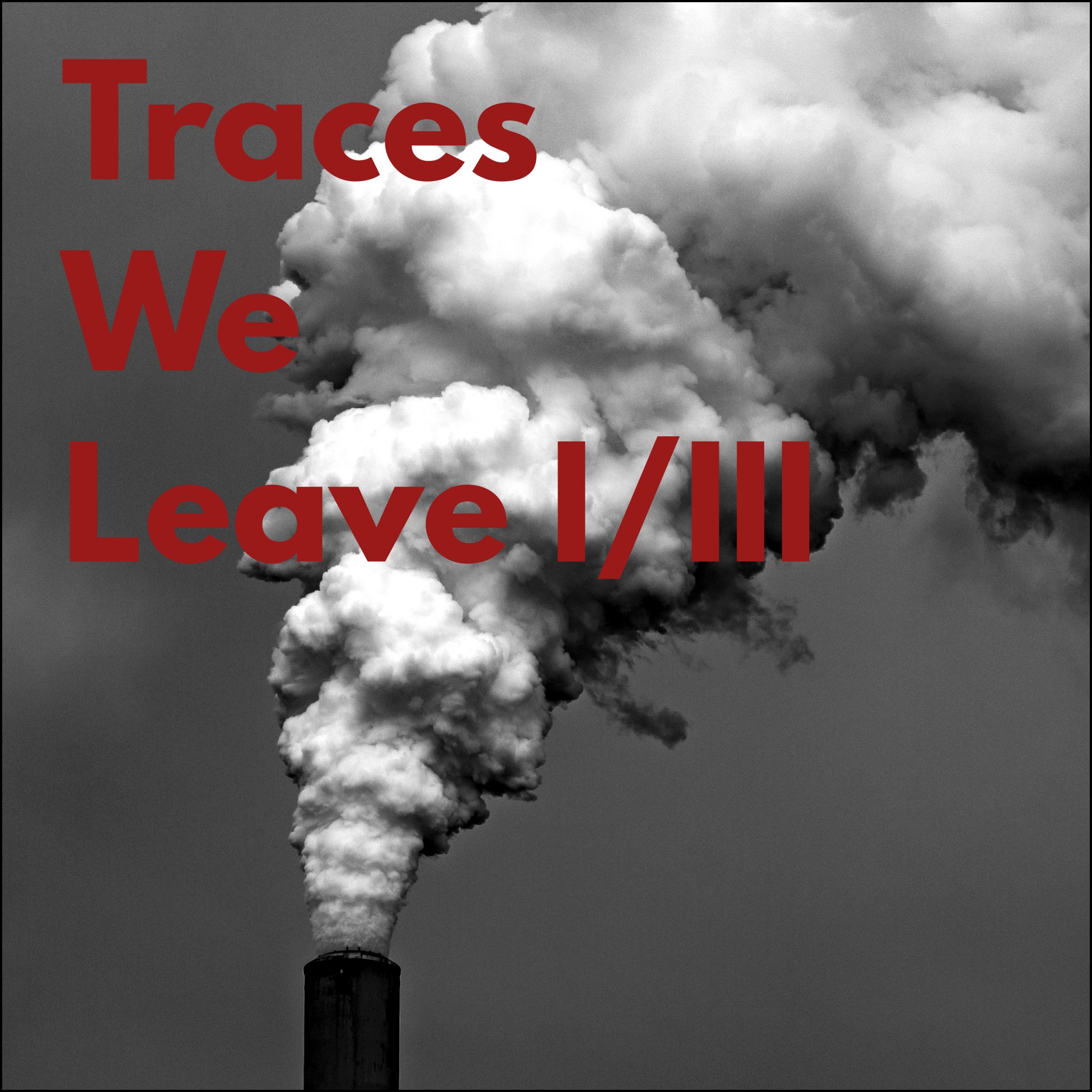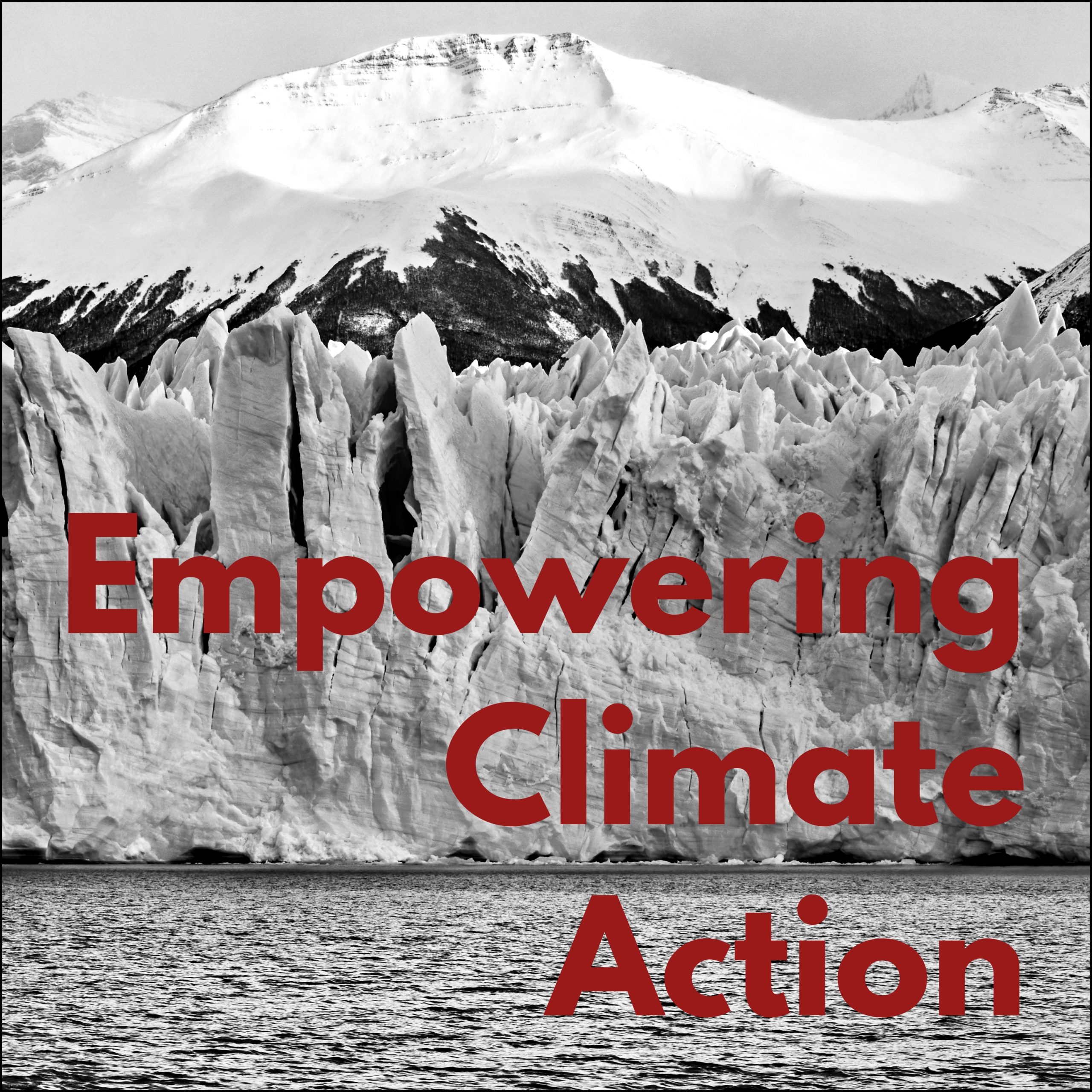Describing the Amazon rainforest as merely fascinating would be an understatement. If it were a country, it would the seventh largest in the world, larger than the European Union and twice as large as India. The Amazon river, the largest river on the planet, contains an astonishing 20% of our drinking water. 400 billion trees are estimated to be standing in this massive forest, of which each tree can release more than 1,000 liters of water over 24 hours.
In terms of fauna, the biome is said to be home to 1 out of 4 species on earth. Besides inhabiting a great variety of fauna and flora, the Amazon also stores a massive amount of carbon. It is estimated that about 150-200 billion tons of carbon are to be found in the forests and its soils. That is roughly the equivalent of about ten years of human emissions. As such, the Amazon has frequently been called the lungs of the earth.
Tragically, the Amazon is facing severe distress. This colossal biome is being pressured by unsustainable economic forces. Wildfires, deforestation, and other disruptions are threatening the biodiversity in a habitat of around 50 million species.
Furthermore, this vast forest region is identified as one of the tipping points in our planet’s climate system. This implies that the Amazon is on the verge of shifting from its lush, green rainforest to a less diverse, arid open forest or savanna, putting at risk large parts of the biodiversity it currently houses. Once, this irreversible tipping point is reached, the Amazon will also release tons of carbon dioxide and modify the global heat circulation, increasing the difficulty to slow climate change. Although research is constantly evolving, it is currently suggested that this tipping point will be reached if 20 to 25% of the Amazon is deforested. So far, about 17% of the Amazon has already been cleared.
To briefly recap: In climate science, a tipping point is a critical threshold whose overshooting leads to major and often irreversible changes in the climate system. The behaviour of tipping points can be found in many ecosystems, in ice caps and in the circulation of the ocean and atmosphere. The tipping points of the Greenland ice sheet, the West Antarctic ice sheet and the boreal permafrost have received increasing attention in recent years. Once a tipping point has been reached, it is self-perpetuating. Tipping point systems are believed to be inter-related and thus affect fundamental elements of Earth’s climate system. The domino effect of several tipping points will have a massive impact on human society.
From carbon sink to carbon fountain
While serving as a global carbon-absorbing powerhouse, emerging evidence paints an alarming picture: the Amazon is now emitting more carbon than it can sequester. Previously, estimates for carbon absorption in the Amazon typically projected around half a billion tons of carbon per year. However, these have always been extrapolated estimations. A considerable number of studies focus on specific, limited areas, and a broader perspective is inferred from these findings. Given the regional disparities in rainfall, temperature, and tree density, the reliability of these studies remains uncertain.
Luciana Vanni Gatti, an atmospheric chemist and coordinator of the Greenhouse Gas Laboratory at Brazil’s National Institute for Space Research, was one of the first to demonstrate how the Amazon is moving from a carbon net absorber to becoming a net source of carbon. She started to directly measure the carbon in the air above the rainforest between 2010 and 2018 and discovered that the concentration actually increases when moving closer to the tree surface, a clear indicator of the forest being a net carbon releaser. At first, these emissions stem from wildfires, but they later occur due to decomposition. In present times, during extended and more frequent dry spells, the Amazon essentially transforms into a carbon source. Moreover, when trees are felled, the affected areas experience a significant rise in temperature. As a result of deforestation, less moisture returns from the forest to the atmosphere. This sets off a detrimental cycle, as the hotter the climate becomes, the more the Amazon will suffer from tree loss.
This process must not continue
As the Amazon undergoes this destructive cycle, transitioning from a lush rainforest to a markedly drier environment, it exerts an impact on other critical tipping points globally. When these points begin to interact, we may witness a chain reaction scenario, where subsystems have the potential to trigger cascades of abrupt transitions.
The Amazon has been unequivocally recognized as highly interlinked with other critical tipping elements, such as the Atlantic circulation. One recent study, conducting a thorough correlation analysis with historical data spanning over 40 years, finds a high and robust teleconnection (i.e., a significant linkage between weather phenomena) between the Amazon and the Tibetan Plateau, a Himalayan region crucial for the water security of millions of people. The scientists successfully conducted simulations projecting up to the year 2100 to observe the potential impact of global warming on these long-distance connections. Their findings indicated that as temperatures rise in the Amazon, a corresponding increase occurs in Tibet, spanning nearly 10,000 kilometers. Additionally, the study demonstrated the substantial influence of the Amazon on the West Antarctic ice sheet.
Not only does the Amazon have an influence in Tibet and Antarctica – but further research suggests it also impacts coral reefs in the Caribbean and reduces snowfall in the Sierra Nevada and the Cascade Mountains in North America. Consequently, there exists a possibility that the Amazon could instigate severe droughts on the US-American West Coast. These various interconnections serve as a telling sign of how the different elements of this intricate system align.
Concrete actions to avoid reaching the tipping point
There are existing initiatives dedicated to the preservation and reforestation of the Amazon. Some of these endeavors are truly inspiring and offer a glimmer of hope. For example, the Instituto Terra, founded by the world-famous photographer, Sebastião Salgado, started to replant an area in Brazil that used to be completely burned. Over the years, the Institute was able to re-establish 555 acres of forest and has created many jobs in the area in addition. The Amazon Conservation, founded two decades ago, aims to foster pragmatic and local conservation solutions and has achieved the preservation of 8 million acres of rainforest.
Luiz Inacio Lula da Silva having been re-elected as Brazil’s President in 2022 also sparks hope for more climate action. During his Presidency from 2003 to 2011, deforestation decreased by two-thirds. For his new presidency, starting in 2023, he promised to stop deforestation completely during his current Presidency. With this change, there is also a higher chance for governmental support. For example, the Amazon Fund, an initiative currently funded mainly by Norway and Germany, is now receiving increasing attention from different European countries after having been frozen during Bolsonaro’s Presidency. The fund’s purpose is to raise non-reimbursable investments for the prevention, monitoring, and combat of deforestation and to promote the sustainable use of the Amazon.
Gatti emphasizes the urgency of our actions as we must foster a worldwide consensus on the imperative of attaining zero deforestation. The climate and ecosystems recognize no boundaries or barriers. Consequently, she advocates for a multilateral agreement spanning South America to enforce a legal prohibition on deforestation. Ultimately, the responsibility lies with us all to safeguard the lungs of the Earth, a critical organ of our planet.





